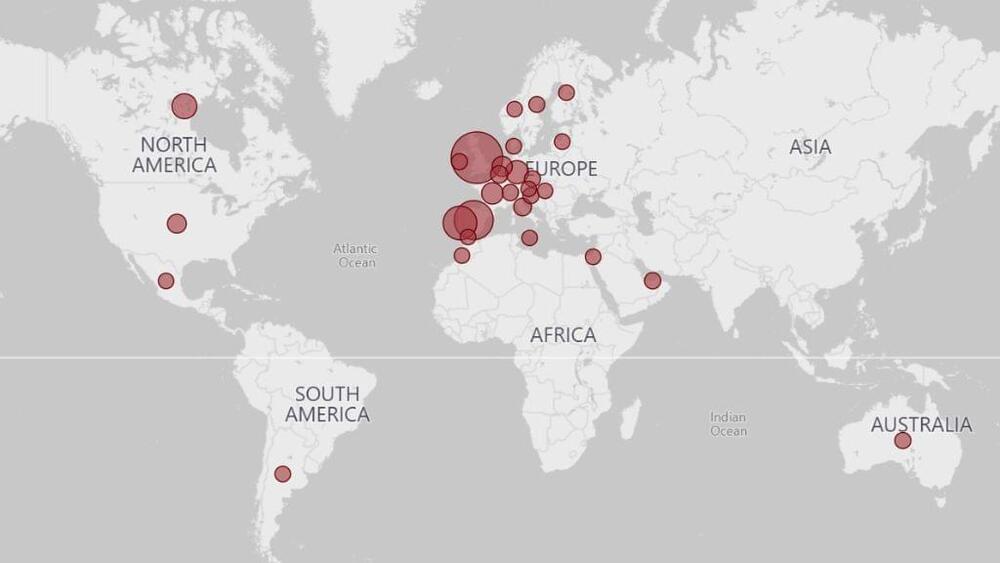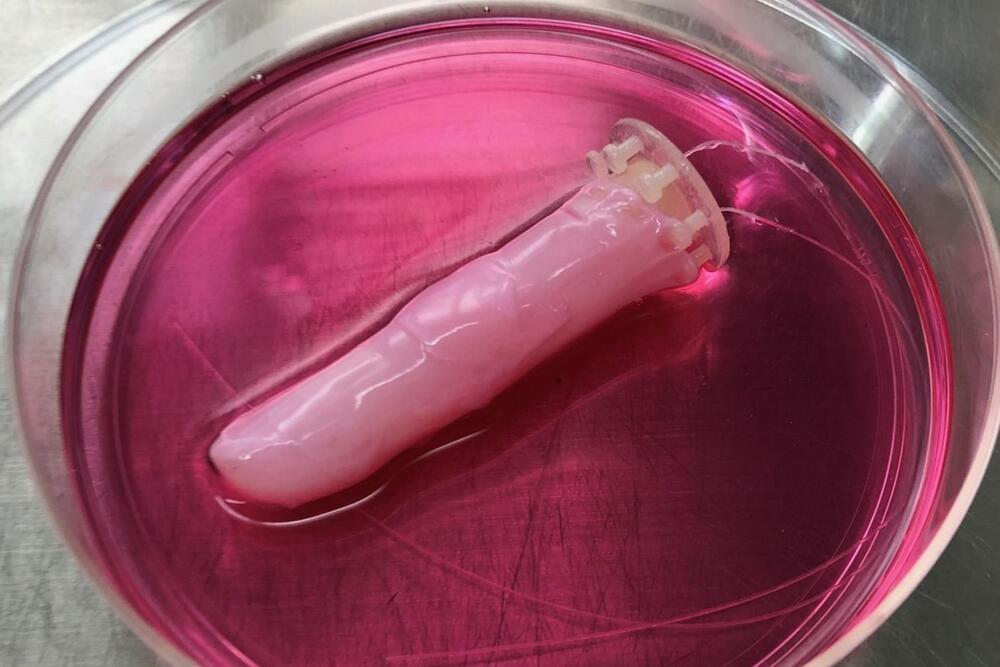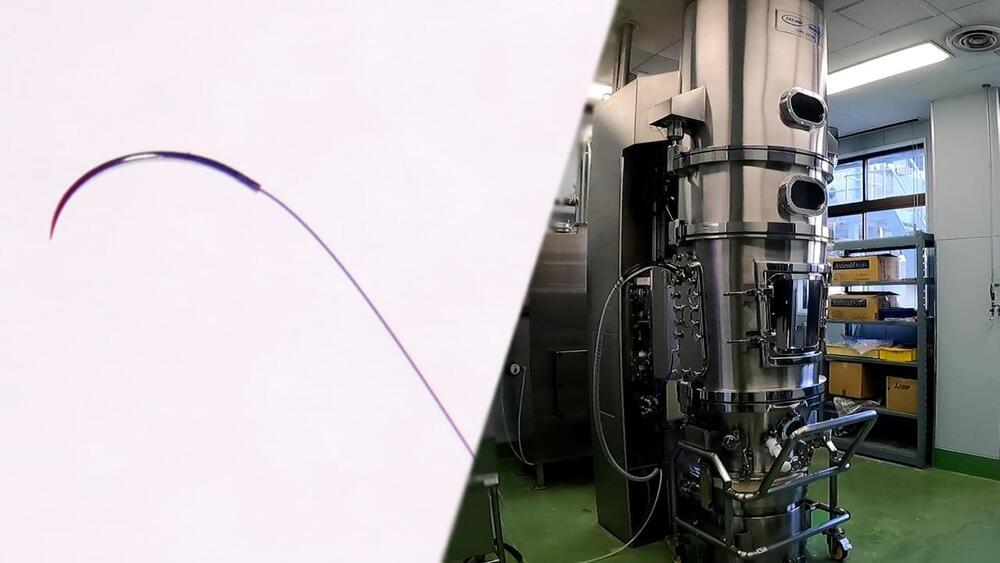A team from UT Dallas has discovered a molecule that destroys adamant cancer cells. Experiments on mice and human tissue found that the compound was effective even in the most aggressive tumors, offering hope.



“When the Human Genome Project began in 1990, it had a projected budget of $3 billion. […] Now, one company claims to have achieved the major milestone of whole genome sequencing for just $100.”
Ultima Genomics, a biotech company based in California, has emerged from stealth mode with a new high-throughput, low-cost sequencing platform that it claims can deliver a $100 genome.
When the Human Genome Project began in 1990, it had a projected budget of $3 billion. Some researchers believed it would take centuries to map all 20,000+ genes and to determine the sequence of chemical base pairs making up DNA, though in the end it took 13 years. Since then, genome sequencing has undergone technology and cost improvements at a rate faster than Moore’s Law (a long-term trend in the computer industry that involves a doubling of performance every two years). What used to require billions of dollars and many years of work is now several orders of magnitude cheaper and possible in a matter of hours.
Companies like 23andMe and Ancestry.com have been offering DNA test kits at the consumer level. These can generate reports relating to a customer’s ancestry and genetic predispositions to health-related issues. While most people have opted for tests based on partial (i.e. incomplete) sequencing, the costs are now becoming so low that whole genome sequencing may soon be affordable. Veritas Genetics made headlines in 2016 by breaking the $1,000 barrier and in 2021 the price fell to $562.


The U.K. has reported more than 300 cases.
The U.S. Centers for Disease Control and Prevention (CDC) ramped up its alert level for the ongoing monkeypox outbreak as the nation’s case count hit 30 and the global case count rose above 1,000.
The CDC now advises that travelers “practice enhanced precautions” to avoid contracting and spreading the rare viral disease, the agency’s website states (opens in new tab). The CDC says that people should avoid close contact with sick people, including those with rashes on their skin or genitals, and with dead or live wild animals, especially rodents, such as rats and squirrels, and non-human primates, meaning monkeys and apes.

Solving the 3D structure at near atomic level resolution, one of the world’s hardest, giant jigsaw puzzles—the nuclear pore complex—the largest molecular machine in human cells, with structure-based AI prediction @ScienceMagazine

We’ve been hearing a lot about synthetic skins designed for robotic hands, which would give the devices more human-like qualities. Well, scientists in Japan have gone a step further, by covering a robotic finger in a self-healing skin made from live human cells.
Led by Prof. Shoji Takeuchi, a team at the University of Tokyo started by building an articulated motor-driven robotic finger, capable of bending and straightening like its human counterpart. That finger was then submerged in a cylinder filled with a solution made up of collagen and human dermal fibroblast cells – these are the main components of our skin’s connective tissues.
Due to its natural properties, that solution shrank and conformed to the contours of the finger, forming a seamless hydrogel coating. Next, the scientists added a layer of human epidermal keratinocyte cells, which constitute 90 percent of our epidermis (the outermost layer of skin). These formed a moisture-retaining/water-resistant barrier on top of the gel, and gave the finger a more natural texture.

Wojtek Tek.
Tenor.
Sean Brazell is feeling thoughtful.
A short but recently released cryonics piece from the BBC focused on Alcor, a foundation based in the state of Arizona here in the United States. It runs the largest cryonics patient storage facility on earth, alongside it’s in-house research labs. It also helps fund many external research efforts around the world, including the funding of R&D in university medical and engineering research programs, as well as at both private and public corporate research facilities.

The fascinating stories and secrets behind hit Japanese products, plus parts and machines that boast the top share of niche markets. In the first half: the story behind the world’s smallest surgical needles—only 0.03mm in diameter. In the second half: pharmaceutical manufacturing equipment essential for making pills. They apply coatings which allow easier ingestion and controlled release of the medicine. We go behind the scenes with the Japanese company that develops this equipment.
Circa 2015
Star Trek’s ideal view of medicine is closer than we think.